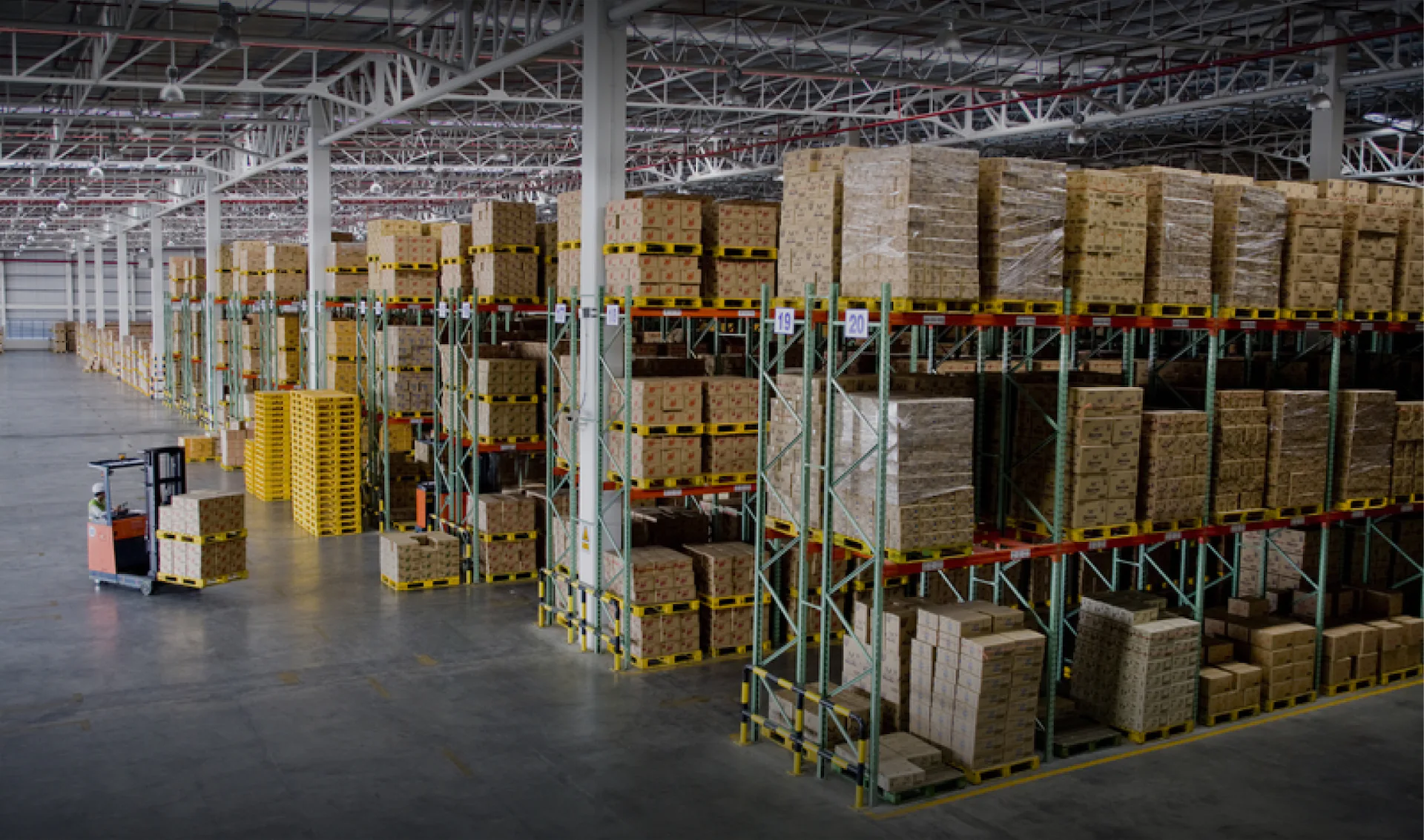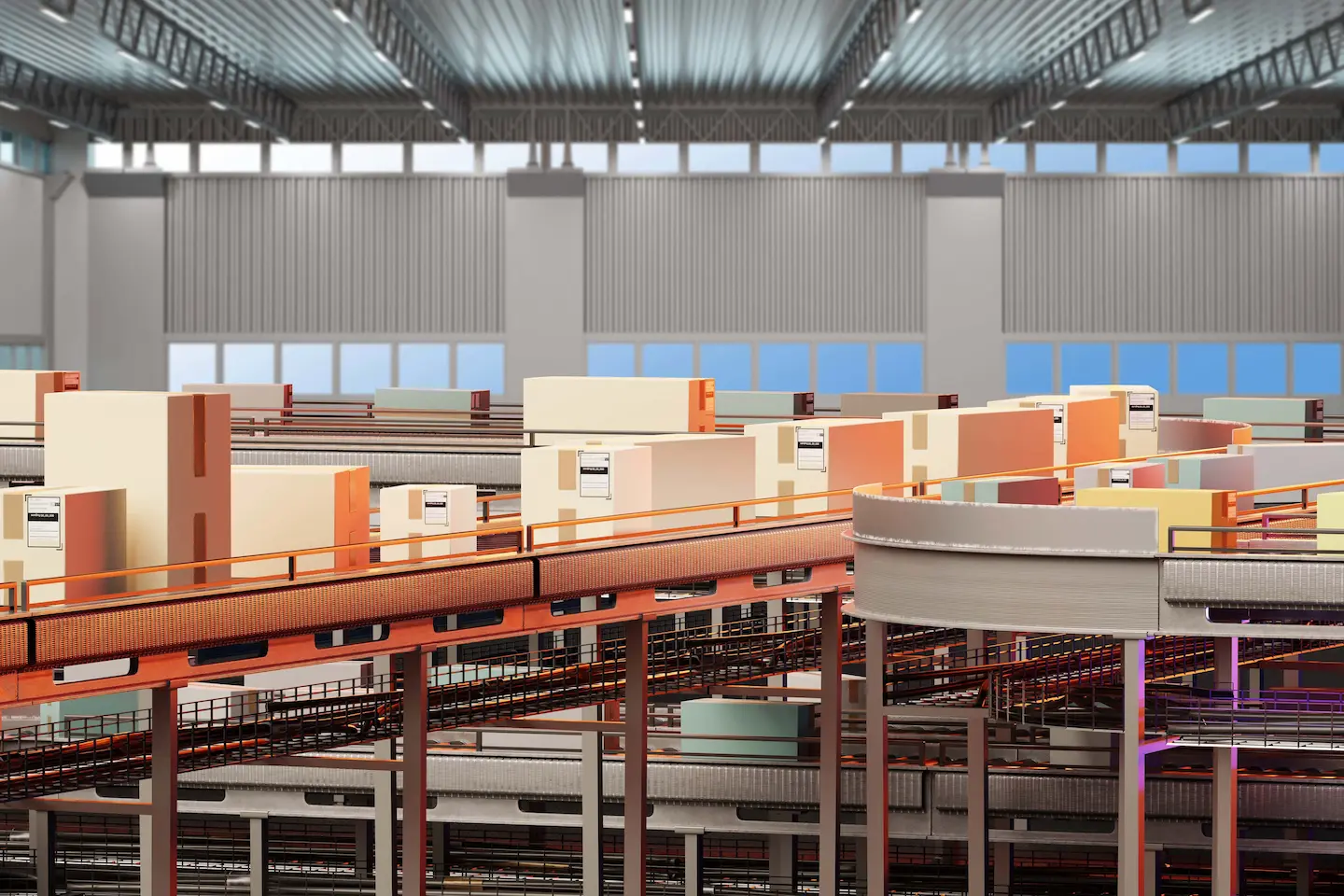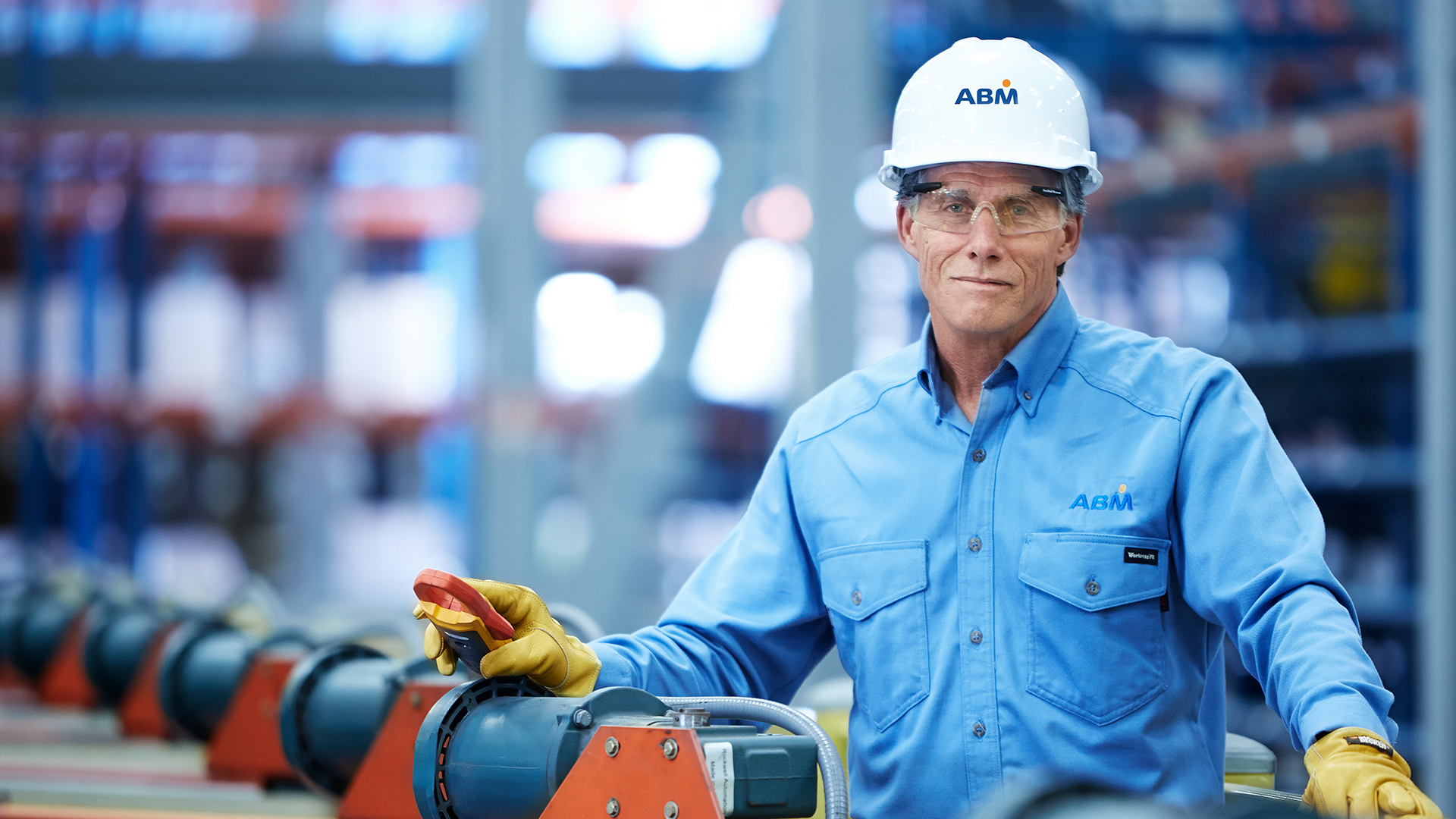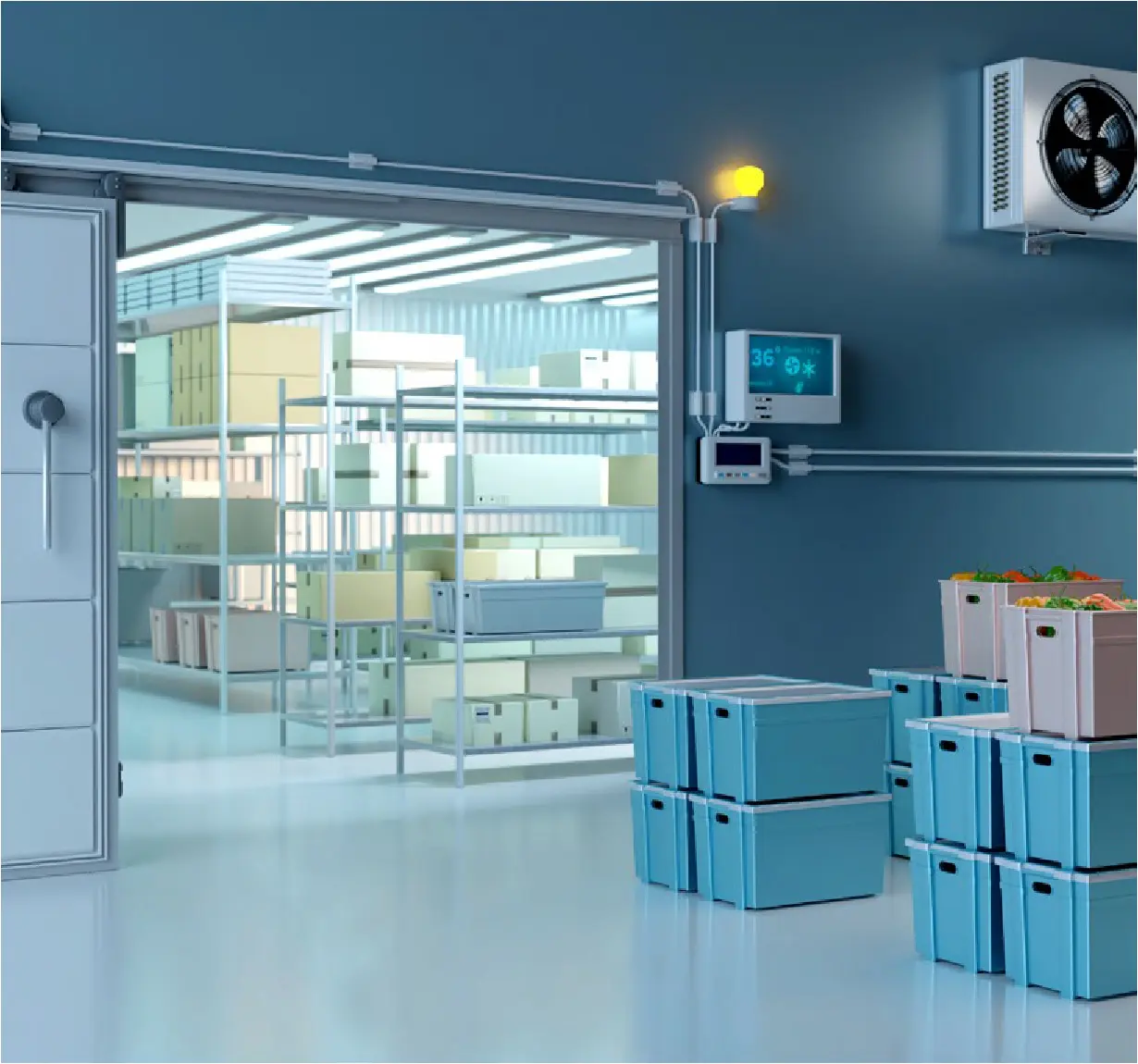Warehouse Safety: 5 Hazards Your Facility Solutions Provider Can Help You Avoid
Managing incoming and outgoing shipments, training employees, and implementing new technology — running a warehouse or distribution center requires you to shuffle numerous tasks at once.
But safety issues can easily bring all of that to a halt. In order to avoid accidents that can lead to costly shutdowns, safety needs to be top of mind for everyone in your facility. Here are five of the most common hazards to avoid in your warehouse or distribution center.
1. FATIGUE
No matter how much training they have, warehouse workers are more likely to have an accident if they’re tired. Fatigued workers are more likely to use bad form and react slowly. As warehouses move increasingly towards 24/7 operations, non-traditional schedules are becoming more common. Since the physical demands of many jobs have decreased in recent years, many workers can work safely for longer shifts. But it may not be appropriate for all positions.
The important thing to note here is that there is no one-size-fits-all approach to scheduling.
2. MUSCLE STRAINS AND PAIN
It’s easy to develop musculoskeletal problems when you’re repeatedly lifting, reaching, and carrying items. While ergonomic equipment encourages proper movement, warehouse employees need regular training that teaches specific techniques to prevent muscle strain and pain. Because it’s easy for workers to fall into bad habits due to the repetitive nature of their work, these ergonomics should be included as part of the ongoing safety training schedule.
3. HAZARDOUS MATERIALS
Flammable items, poisonous substances, and other hazardous materials can create a serious safety issue if workers don’t know how to properly handle them. Like ergonomics, identification and handling of hazardous materials should be a part of your regular training program. Even workers who don’t interact with these materials should know how to recognize them so they can avoid them.
4. SLIPS AND FALLS
Workers spend much of their time on their feet, walking along the warehouse floor, on elevated surfaces, and climbing in and out of forklifts and other machinery. If they’re not paying attention, or because of improper shoes, they can easily slip on a wet surface. To prevent slips and falls, workers should always wear the proper attire and you should have a quick response protocol for spills.
5. DISTRACTION
Every warehouse has plenty of distractions. All around, workers are packing, picking, and lifting, and it’s easy for something to catch a worker’s eye and cause them to take their eyes off of their work. Habit can also be another distraction, as workers may fall into a routine and “tune out” from the task at hand. With so many accidents being preventable, workers need to be vigilant about what’s around them.
Common Thread
The common thread through all of these safety concerns is training. From the time a worker is hired, they should be taught to avoid and prevent these hazards. With consistent ongoing refresher courses, you can reinforce the message.
Companies that outsource facility services can benefit from the expertise their provider offers. Facility services providers with warehousing and distribution expertise understand the safety hazards of your facility and can implement a training program that keeps workers safe and allows you to focus on meeting your customer’s needs.









